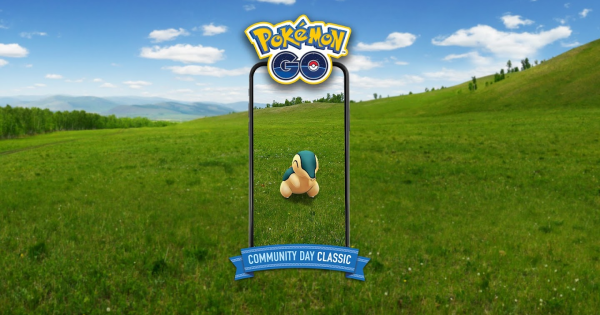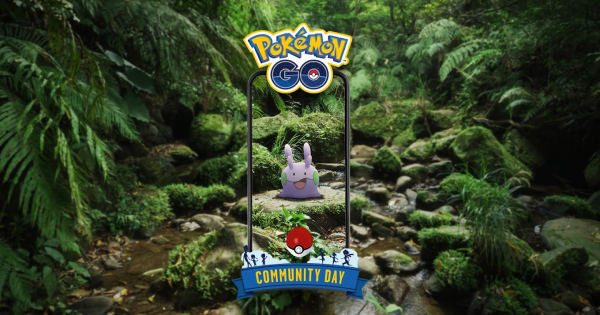Will they ever change the spawn zones in general?
If I understand it correctly, the spawn zones are based off data from Niantic's previous (less popular) game Ingress. It seems odd that the pokemon spawn zones have been dictated by a game that has absolutely nothing to do with pokemon Go.
I live in the burbs (cry me a river). But about 6 houses to the right there are generally 5-10 pokemon always. And about 6 houses to the left there are generally 5-10 pokemon always.
My nearby tracker is almost always full. However, where I live nothing spawns. Ever. Not once. Now - the houses that stuff spawns at on my right and left are no longer inhabited by kids. They are retired people and my community is almost a retirement community as it is. So all those spawning mons aren't dicated by any kind of cell traffic. Certainly not traffic measured by the game. If so, they'd be spawning at my house.
So my question is this: Will Niantic ever add spawn zones? Since early July of last year the hot zones for spawns are always the same. Sometimes different mons based on migration, but the same spots that spawn mons are always spawning mons. And the dead zones (like the row of 12 houses I live in) don't ever seem to get anything spawning near it no matter how much cell traffic we pump out.
I realize nobody has a factual answer for this, but if Nianitic wants to get more people playing they should look at adding pokemon to the wild in places that there aren't any. I'm not saying we need Snorlax and Dragonites spawning, but even pidgeys - some kind of crap. Anything.
I know many people have it worse. But how hard would it be to have a greater spread of spawn zones? Where's the harm in it?
Answers
As a person that lives in a small town I don't want more spawns, just more diversity of mon, when you see the same mon again and again and again you get tired of the game, they have even removed the only reason to get those crappy mons that was xp farm, still don't know why did they remove caterpie, weedle and pidgey and change them for murkrow (don't evolve), spinarak (50 candies), hoothoot (50 candies) and Sentret (25 candies and the only one you maybe consider to catch).
My hole town is now a common gen2 nest, as it was with gen1, but the difference is they have removed all mon I wanted to catch, either for xp or for getting stronger ones, they have even removed 8 water spawns I had at the river where I got Magikarps and some Dratini and change them to Slowpoke, Murkrow and Spinarak...
The spawns are based on Ingress data...because the data is relevant, not because the game is relevant.
The data comes from users, familiar with the local area, giving Niantic information regarding places of interest, parks, monuments, churches etc etc.
The data comes from locals...and is information about the local area from those that know the area best.
Sure, the games are very different - but the reasons behind using the data are very much in line with one another.
As for the rest. Spawns have been added and removed, sometimes on a weekly basis in some cases. It is a dynamic thing...not static.
I think there are two bits of Ingress data that are particularly relevant for pokemon spawns in PoGo. First, there are the pokestops, which directly correlate to user-submitted portals in Ingress (though I've noticed that for especially portal-dense areas Niantic only converted some of these to pokestops). Second, Ingress has "exotic matter," which serves as the energy source to perform various actions in game, and which spawns on the ground. Now, XM spawn rate is directly related to population & cell phone data usage - I was told once that Niantic used Google's data from like 2013 back at the start of the game when determining how much XM spawns in a given area. I don't know if Niantic ever updated the XM spawn rate calculation to account for changing data usage, but I kind of doubt it (and even if they did, now that they're no longer under control of Google it probably won't happen again).
I've found that pokemon spawn points tend to be 1. In areas with high portal/pokestop density, and 2. To a lesser extent, in areas with high XM concentrations. Note that these two conditions aren't necessarily synonymous - I work on a college campus (lots of portals and lots of XM) and the pokemon spawn rate is through the roof, but the historic cemetery nearby, which has over 100 portals but very low XM only has an average number of spawn points. Then again, I don't work at Niantic or know their formulas, so this is just speculation.
The ingress data may have been relevant for Ingress. Also note, user base changes almost monthly. The Ingress data that represents the spawn points in my small neighborhood are now home to retired people who definitely don't play any games on their phones. Whatever Ingress players that suggested the houses as "relevant" are now gone for over a year.
The problem with using data from a 2 year old game is the data is old and outdated.
For pokestops, sure. I get it. A town park will likely always be a town park. But areas of concentrated cell use/players by past Ingress players changes where the game does not. So it's a problem.
To suggest that the playerbase of Ingress is somehow relevant baffles me. I've met hundreds, if not thousands of PokeGo players. Nobody, not one of then, played Ingress. In fact all but maybe a dozen or so were unaware of Ingress. And the ones that were aware were only aware of Ingress as it related to Pokemon Go. Further suggesting that the Ingress data is old.
If you want data relevant to Pokemon Go, maybe get that dat from players of the game as opposed to players of a different game.









